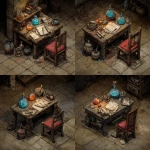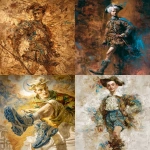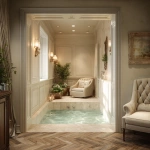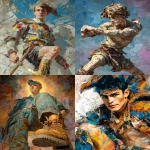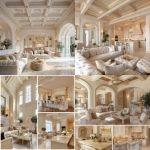Explore the Best AI Image Gallery
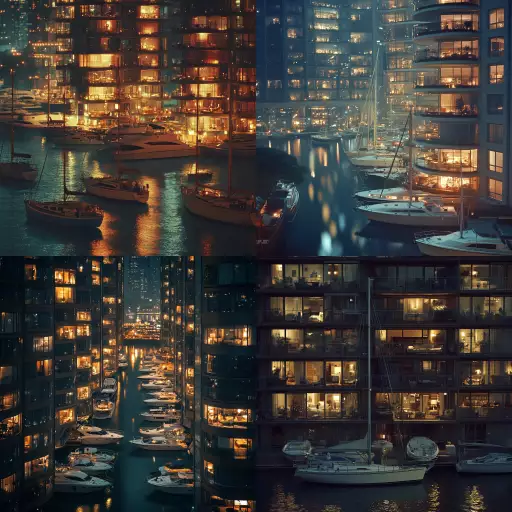
Imagining Reality: AI-Generated Images and the Future of Art
The realm of art has always been a playground for innovation, constantly evolving with new tools and techniques. Today, a groundbreaking technology is making waves: AI-generated images. This revolutionary development empowers anyone, regardless of artistic skill, to create stunning visuals with just a few prompts. But what does this mean for the future of art? How will it impact artists, the creative industry, and our perception of creativity itself?
A Canvas Unleashed: The Potential of AI-Generated Images
AI-powered image generators are capable of producing a vast array of visuals, from photorealistic landscapes to abstract masterpieces. This opens up exciting possibilities across various sectors:
- Art and Design: Imagine generating unique artwork for personal expression, designing custom logos and branding materials, or creating immersive environments for virtual reality experiences.
- Advertising and Marketing: AI can generate eye-catching visuals for campaigns, personalize marketing content, and create dynamic advertisements that adapt to user preferences.
- Entertainment and Gaming: From concept art and character design to procedural generation of game assets, AI can accelerate the creative process in entertainment.
The Artists Toolkit: Collaboration or Competition?
The rise of AI-generated images inevitably raises questions about its impact on artists. Will it replace human creativity or become a valuable tool to enhance it?
Many artists view AI as a powerful collaborator, freeing them from tedious tasks like generating base images and allowing them to focus on conceptualizing and refining their artistic vision. AI can also provide new avenues for exploration, enabling artists to experiment with styles and techniques beyond their traditional expertise.
However, concerns exist about the potential devaluation of human creativity and the risk of AI-generated art becoming ubiquitous, potentially overshadowing the unique expression of individual artists.
Navigating the Ethical Landscape
As with any powerful technology, ethical considerations are paramount in the realm of AI-generated images:
- Copyright and Ownership: Who owns the copyright to AI-generated artwork? Is it the creator of the AI, the user who provides the prompts, or the AI itself?
- Bias and Representation: AI models are trained on vast datasets, which can reflect societal biases. This raises concerns about the potential for AI-generated images to perpetuate harmful stereotypes or misrepresent certain groups.
- Transparency and Accountability: It is crucial to understand how AI algorithms generate images and who is responsible when these algorithms produce outputs that are inaccurate, biased, or potentially harmful.
The Future of Art: A Collaborative Canvas
The integration of AI into the creative process is still in its early stages. However, it has the potential to revolutionize how we create, experience, and interact with art. As technology advances, we can expect to see even more sophisticated AI tools that empower artists, bridge the gap between human and machine creativity, and redefine the boundaries of artistic expression.
The future of art lies in embracing this collaborative canvas, where AI serves as a powerful tool for exploration, innovation, and pushing the limits of imagination. By navigating the ethical challenges responsibly and fostering a dialogue between artists, technologists, and the public, we can ensure that AI-generated images enrich our creative landscape and empower the next generation of artists.
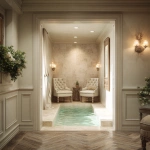
](https://images.ai-img.art/thumbnails/150/3a60737a5b67fa252207ad1ae6db245a26284f53fb5846996bb34515b39ff269.webp)
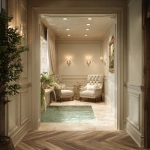
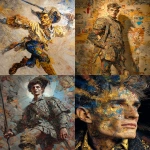
](https://images.ai-img.art/thumbnails/150/1614d64dd7156c95db952258978be809eb3db8cea4453fec69c49cbdfe63fa94.webp)
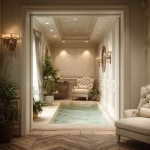
](https://images.ai-img.art/thumbnails/150/8c3bd422d50d35735d8fb33bd314a79e30e5b150129d5d09bdad822a2007593f.webp)

